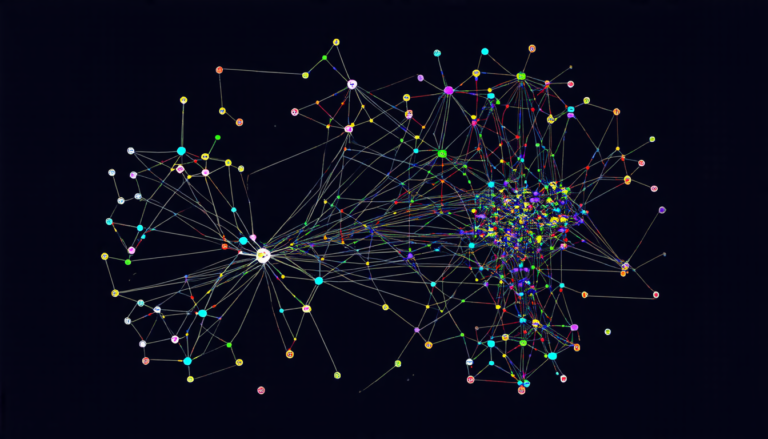Wednesday 21 May 2025
As air travel continues to evolve, the need for reliable and efficient communication systems has become increasingly important. In recent years, satellite-based avionic communication systems have emerged as a vital solution for ensuring seamless connectivity between aircraft, ground stations, and passengers. However, predicting network performance in these systems remains a complex challenge.
To address this issue, researchers have developed machine learning (ML) models that can accurately forecast network performance along a given flight path prior to departure. This approach enables proactive decision-making, such as selecting optimal flight paths or adjusting communication settings, to ensure a smoother and more reliable flying experience.
The study proposes two ML-based models: Long Short-Term Memory (LSTM) and K-Nearest Neighbors (KNN). Both models take into account historical network performance data, positional information, and other relevant factors to predict the likelihood of good or poor network performance at different points along a flight path. The LSTM model is particularly effective in handling large datasets and variable input sequences, while the KNN model excels in making predictions for underrepresented classes.
One of the key challenges faced by these models is the class imbalance problem, where the majority of data points belong to high-performing network conditions. To address this issue, researchers employed weighted cross-entropy loss functions to penalize errors more heavily for rare or poor network performance scores.
The results demonstrate that both ML models outperform a traditional rule-based approach, with the KNN model achieving slightly better accuracy. However, the LSTM model offers a significant advantage in terms of inference time, making it more suitable for real-time applications.
The study’s findings have significant implications for the aviation industry. By integrating these ML models into existing communication systems, airlines and aircraft operators can improve network reliability, reduce downtime, and enhance overall passenger satisfaction. Moreover, this research paves the way for further advancements in avionic communication, enabling more efficient use of satellite resources and better support for emerging technologies like 5G.
The authors’ approach also highlights the importance of addressing class imbalance in ML models, particularly when dealing with complex datasets. By incorporating techniques such as weighted loss functions, researchers can improve model performance and accuracy, even in the face of challenging data distributions.
As the aviation industry continues to evolve, it is clear that machine learning will play an increasingly important role in shaping its future. With advancements like these, we can expect to see significant improvements in network reliability, passenger experience, and overall efficiency.
Cite this article: “Predicting Avionic Network Performance with Machine Learning Models”, The Science Archive, 2025.
Aviation, Machine Learning, Satellite Communication, Network Performance, Predictive Modeling, Long Short-Term Memory, K-Nearest Neighbors, Class Imbalance, Weighted Loss Functions, 5G Technology







